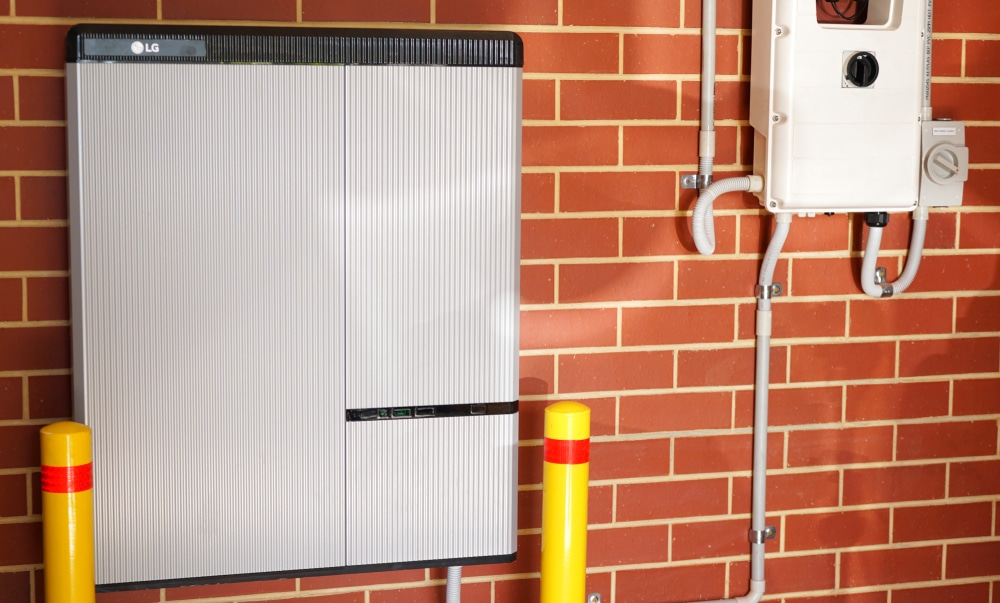
The problem with solar panels is that they only work when the sun is shining, right? That is a common assumption by most people who believe that charging solar batteries becomes impossible when that glorious, big ball of fire ducks behind the clouds. And then when the rain starts to fall and the day makes way for the night, suddenly solar is out of the equation. That’s how it goes, hey? Well, not quite. Solar is far more efficient these days than in the past.
Energy Matters has been a leader in the renewable energy industry since 2005 and has helped over 40,000 Australian households in their journey to energy independence.
Let us discuss and choose the best quote that suits your needs and budget, and we can connect you with our trusted local installers, who will provide up to 3 FREE solar quotes for your home and business solar energy system. Get your free quotes today!
Believe it or not, your array is still capable of converting solar energy into electricity, even when the sky is blanketed in clouds. Modern technology means that you can charge your panels using indirect sunlight and by using the following tips you can maximise the amount of energy you can create to power your home.
Charging solar batteries on cloudy days
Solar panel battery systems collect a lot of energy even when it’s clouding out during the day. There’ll be little power on those bright days, although there is still solar energy sent down by the sun. On cloudy days the most effective method to use solar energy for power and lighting is by using amorphous solar cells rather than monocrystalline panels that are commonly used. Compared to monocrystalline polymeric crystalline cellulose, they absorb light more easily and have more energy due to the cloudy environment.
Indirect sunlight still charges your batteries
There is often misinterpretation to believe that you can only use sunlight as an alternative energy source. But it’s not. So long as you get some sunshine out of your clouds, your cell generates power and stores power as well as storage. Diffused lights are indirect lights that pass through the clouds and bounce back into the air. It shows an example in Germany where diffused light produces about twice the amount of sunlight than direct sunlight. It shows that diffused sunlight has an important effect on solar cells in rainy or cloudy conditions.
It starts with keeping your solar panels clean
Over time, solar panels can develop a layer of dirt or dust that provides a barrier between your cells and the sun. Rain is not going to effectively wash these layers of dirt away either as raindrops carry dirt within the; rain could even make them even dirtier than they were before.
All you need to successfully clean your solar panels is a non-abrasive cloth and some clean water, but it is not recommended that you do this job yourself. Climbing onto the roof is a job best left to the professionals for safety reasons and they will deliver a comprehensive clean. Enlist their services prior to winter each year and you will get the most out of your solar panels.
If you are experienced and accredited to work on your roof, remember not to clean panels with any form of detergent. Doing so will leave streaks that limit the system’s ability to convert indirect solar energy into electricity.
Use mirrors
At different times of the day, there maybe shadows cast on your solar panels that mean they are charging using indirect light and not direct. You can use mirrors to reflect sunlight directly onto your panels during these known periods and get more charge than you would otherwise.
Invest in LED lighting
Did you know that you can charge solar devices using the lighting in your home? While incandescent bulbs will do the job, we don’t recommend you use them at all because they are horribly inefficient and LED replacements will last up to 26 times longer and do a much better job. They are also capable of charging small solar devices like solar lights for your driveway etc. The closer you put the device to the bulb, the faster it will charge.
Angle your solar panels towards the sun
This is especially important during the winter months when there are fewer hours of sunlight than there are in spring and summer. Speak to your technician about angling your solar panels so they are getting as much direct exposure as possible. This is especially important if you’re installing solar panels in Melbourne or other areas with temperamental weather and volumes of sunlight.
Still can’t afford to switch to solar power?
Are you considering getting solar panels but are currently short on funds? You can still invest wisely, and Energy Matters can help you.
Powow and Energy Matters have teamed up to provide consumers with an alternative to switching to solar power and battery storage.
The biggest obstacle to installing solar and battery storage is typically finance. With Powow’s PPA and VPP, our customers will have a $0 upfront option and financial stability in the uncertain energy market.
Get up to 3 free solar quotes by getting in touch with us right away. Find out what payment plan options suit your needs and budget!
Check out our page for Powow: Power Purchase Agreement (PPA) and Virtual Power Plant (VPP).














































